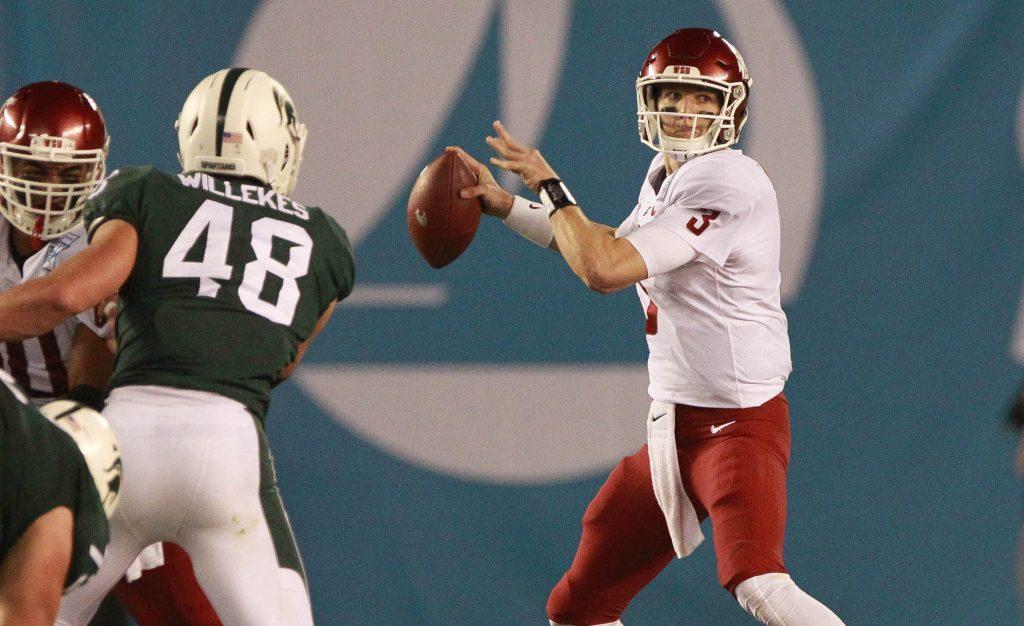The NFL is at the pinnacle of its existence. Even with TV viewership down a bit from the previous season, the average game has around 15 million viewers. Football offers everything you want in a sport: strategic play, freakish athleticism, flashy celebrations, and the kicker for many viewers: the ruthless nature of the game. The bone-crushing hits, the type that make you shudder and grimace when you watch them. Over time, the most celebrated game in America has slowly become its deadliest.
Traumatic brain injuries have become an increasing problem in the game, with cases spanning decades back into gridiron history. It is only in the last two decades, however, that the conversation has become much more serious, after the discovery of chronic traumatic encephalopathy, popularly known as CTE, by neuropathologist Bennet Omalu in 2002. It’s an issue that no football fan wants to address, but it has become a public-health issue. We must promote an even greater conversation around CTE to protect not only the game we love but the people who put their bodies on the line to make it all happen.
I find too often that we make the mistake of seeing celebrities as untouchable, invincible, all-powerful figures. We put them on a pedestal, so astounded by their stardom and the nature of their work that we forget they are people.
Athletes typically get the worst of this. The displays of inhuman athleticism they put on, combined with the larger-than-life personas they take on, allows us to forget the fragility of life, and the human mind, as they lay their bodies on the line week in and week out. Life is finite, however, even for the gods among men, and athleticism itself is fleeting. When the lights go out, and the cheers are gone, what is next for these athletes?
I think that there are moments of post-sports depression that athletes tend to experience when their playing careers are over; this is separate from the effect of repeated head trauma. The effects of repeated head trauma throughout players’ careers has proven to be a recipe for disaster in the football community, with effects spanning far past the field. Over the last decade, nearly a dozen former football players have committed suicide due to the effects of CTE being ultimately too great a burden. Once seemingly invincible, athletic marvels such as Junior Seau, Andre Waters, and closest to home, Hawkeye great Tyler Sash, have lost their lives because of this frightening disease. And for what? All in the name of the game.
On Jan. 16, Washington State backup quarterback Tyler Hilinski was found dead of a self-inflicted gunshot wound only weeks after starting his first game for the team in the 2017 Holiday Bowl against Michigan State. After his death, it was found that Hilinski had been dealing with the effects of CTE. He was 21 years old.
When players are damaging their bodies, specifically their brains, to life-threatening lengths, where do we draw the line? At what point does it stop being about the game of football and start being about the game of life?



